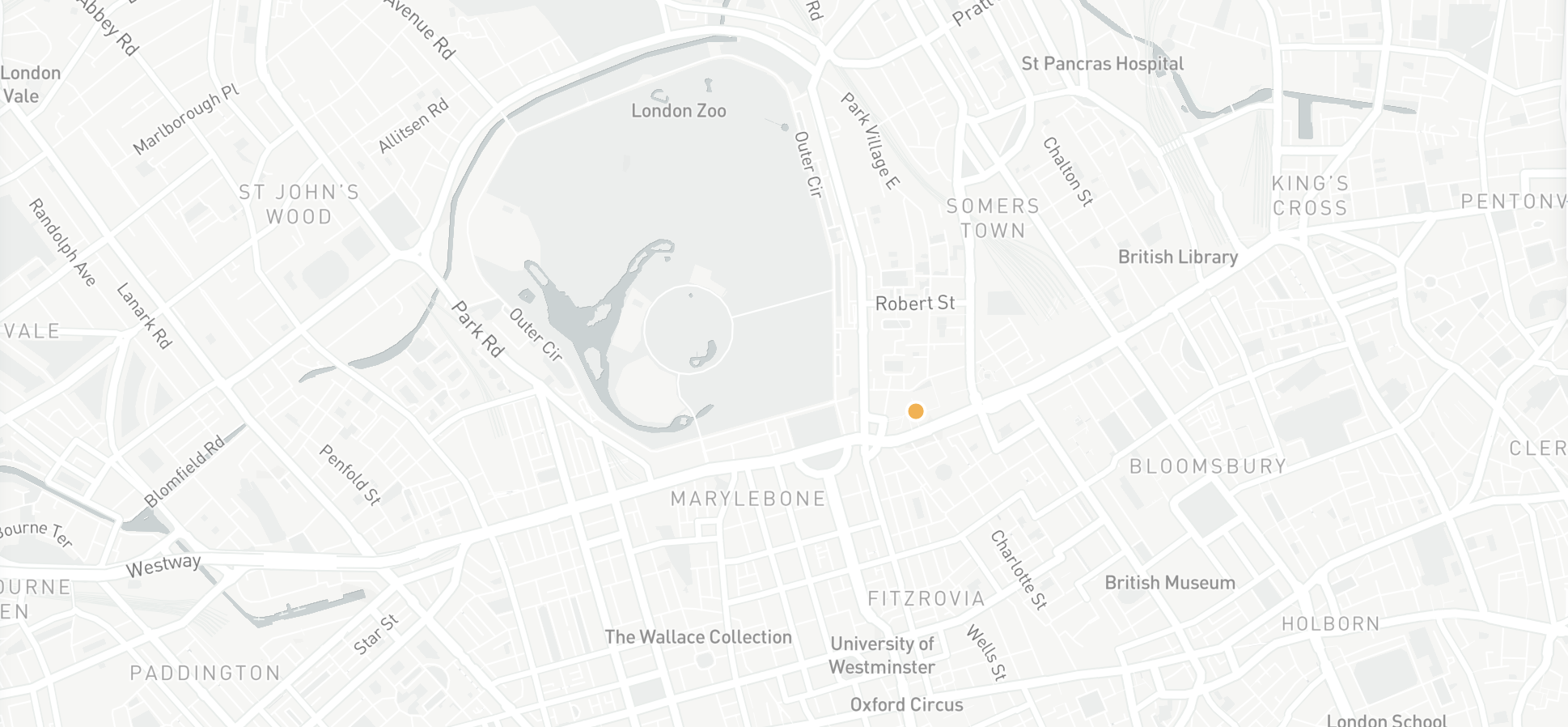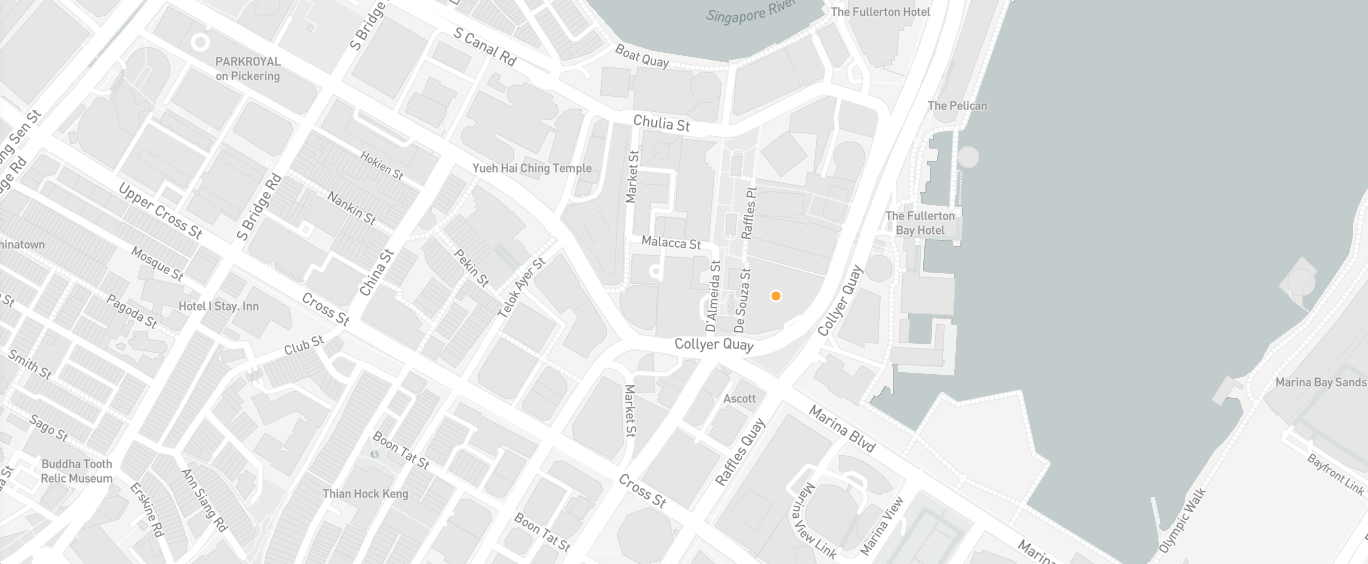The different decision-making models you need to know — and their pros and cons
The mark of any good manager is being able to make the right decision at the right time, even when circumstances aren’t exactly ideal. Regardless of sector and industry, it’s an important element of any management role, one that has the potential to impact employees and the direction a company might take going forward.
Big or small, decisions have the power to alter things at both a micro and a macro level. Whether it’s the snacks served at a meeting or a change in company culture, management has a lot to weigh up when it’s crunch time.
The good news is there are several different decision-making models that managers can employ when needed. Here, we’ll explore some of the most prevalent theories, including their pros and cons, to see which could be the correct approach for your management style.
Quick links
- What is a decision-making model
- Why is a decision-making model important in the workplace
- What are the different decision-making models?
What is a decision-making model?
A decision-making model is a structured approach to making choices, ensuring logical, informed, and objective outcomes. It helps individuals and teams evaluate options systematically, reducing bias and improving efficiency. Common models, like the Rational Decision-Making Model and the OODA Loop, provide clear steps for analysing problems, weighing pros and cons, and selecting the best course of action.
Why is a decision-making model important in the workplace?
Using a decision-making model in the workplace ensures better choices, improves efficiency, and fosters collaboration. It provides a clear process for problem-solving, reducing uncertainty and enhancing teamwork by encouraging diverse perspectives.
Here are a few of the main benefits of decision-making models:
- Structured problem-solving for better outcomes
- Increased efficiency by streamlining processes
- Encourages teamwork and diverse input
- Reduces bias for objective decision-making
- Enhances accountability and transparency
What are the different decision-making models?
Before you can implement an effective decision-making model into your organisation, it’s best to explore a few options to decide which fits best each situation.
Rational Decision-Making Model
What is this model?
The rational decision-making model is a structured, logical approach that relies on data and analysis to make informed choices. It minimises bias and emotions, ensuring decisions are based on facts rather than intuition.
What steps are involved in this model to get an effective outcome?
This model follows a step-by-step process: identify the problem, gather relevant data, analyse options, evaluate alternatives, select the best choice, and implement the decision.
When would employees use this model?
Employees use this model in structured settings such as business meetings, financial planning, or when evaluating business proposals. It is particularly useful for strategic decision-making, risk assessments, and problem-solving that requires thorough research.
Intuitive Decision-Making Model
What is this model?
The intuitive decision-making model relies on experience, pattern recognition, and gut instinct rather than structured analysis. It allows for quicker decisions based on past experiences and perceived similarities to previous situations.
What steps are involved in this model to get an effective outcome?
Decision-makers assess a situation, draw from past experiences, recognise patterns, and make an informed choice without lengthy analysis. This process is often subconscious and relies on expertise.
When would employees use this model?
This model is useful in fast-paced environments where quick decisions are necessary, such as customer service, crisis management, or responding to unforeseen challenges in a project. It is commonly used by experienced professionals who can rely on their judgment.
Recognition-Primed Decision-Making Model
What is this model?
This model blends rational and intuitive decision-making. It involves quickly assessing a situation, comparing it to past experiences, and mentally simulating possible outcomes before choosing the best course of action.
What steps are involved in this model to get an effective outcome?
Employees identify a situation, recall past similar scenarios, mentally run through potential outcomes, and either proceed with their chosen action or adjust based on new information.
When would employees use this model?
This model is commonly used in high-pressure environments such as emergency services, leadership roles, and troubleshooting situations where immediate but informed decisions are required.
Vroom Yetton Decision-Making Model (Normative Model)
What is this model?
The Vroom Yetton model helps leaders determine the level of team involvement in decision-making. It ranges from individual decision-making to full team participation, depending on the situation.
What steps are involved in this model to get an effective outcome?
Leaders decide whether to make a decision alone, consult team members individually, seek group input, facilitate discussion for a consensus, or delegate the decision entirely to the team. The chosen approach depends on how complex the decision is and the impact of the decision.
When would employees use this model?
Managers and team leaders use this model when deciding how much input to seek from their team. It is particularly useful in strategic planning, project management, and organisational changes that affect multiple employees.
Creative Decision-Making Model
What is this model?
The creative decision-making model is used when conventional methods aren’t suitable. It encourages innovative thinking and problem-solving by exploring new and unconventional solutions.
What steps are involved in this model to get an effective outcome?
This model involves identifying the problem, brainstorming ideas, evaluating creative solutions, testing feasibility, and implementing the most innovative approach. It often involves thinking outside the box and challenging traditional methods.
When would employees use this model?
This model is ideal for product development, marketing campaigns, design projects, and situations requiring fresh, innovative solutions. It is commonly used in brainstorming sessions and strategy meetings.
When faced with any decision in the workplace, however large or small, being armed with the knowledge of different decision-making models that can be utilised at different times.
For the latest news and features from SEFE or visit our careers section to find out about our latest career opportunities.
The views, opinions and positions expressed within this article are those of our third-party content providers alone and do not represent those of SEFE. The accuracy, completeness and validity of any statements made within this article are not guaranteed. SEFE accepts no liability for any errors, omissions or representations.







